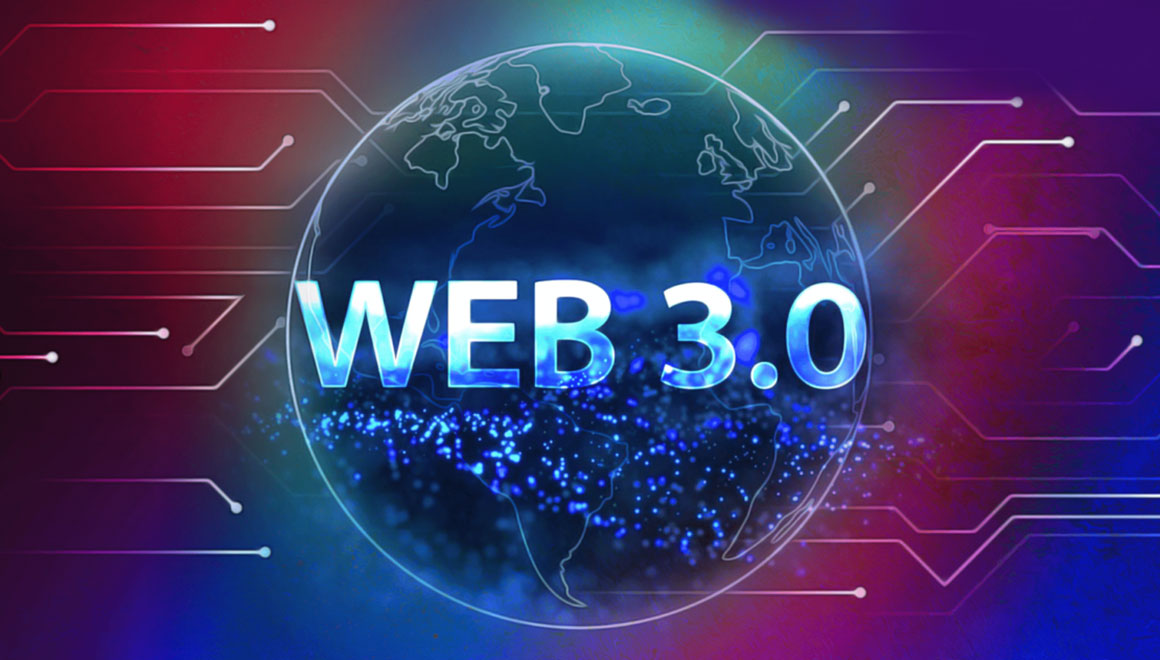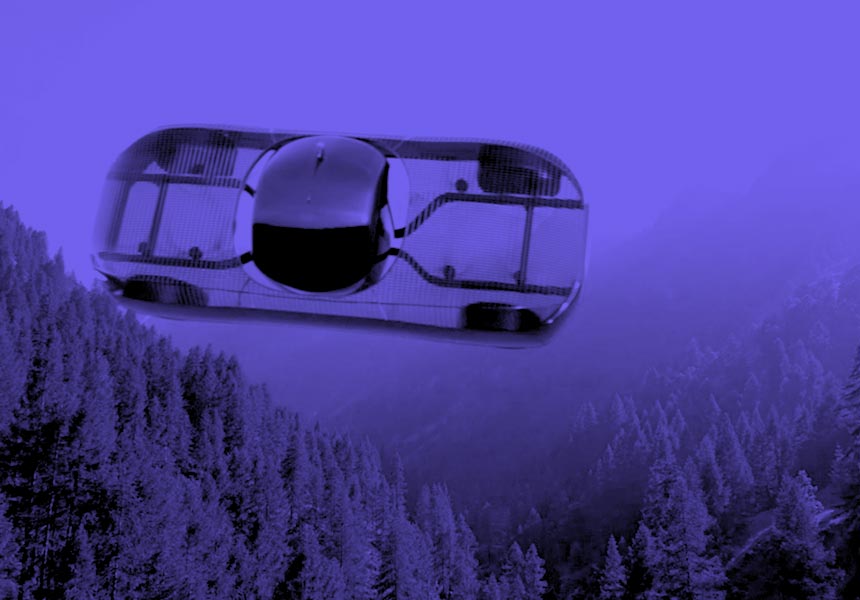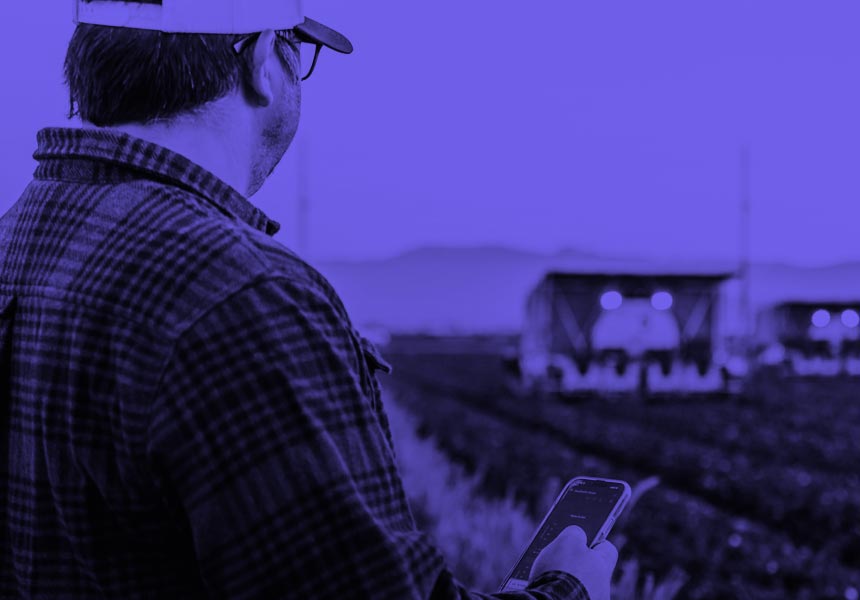By Sonia Ahuja, August 16, 2023 - The Coin Republic
Web3 entrepreneurs sat down for a round table conference at San Francisco Techweek in an event hosted by Orbis86 and Virtualness.io, to talk about Web3 building, and how to make it accessible to everyone. The event was sponsored by HederaHashgraph and ServiceNow, whose 4-member panel included— Kirthiga Reddy, Charles Kanavel, Alan Chiu and Asad Awan.
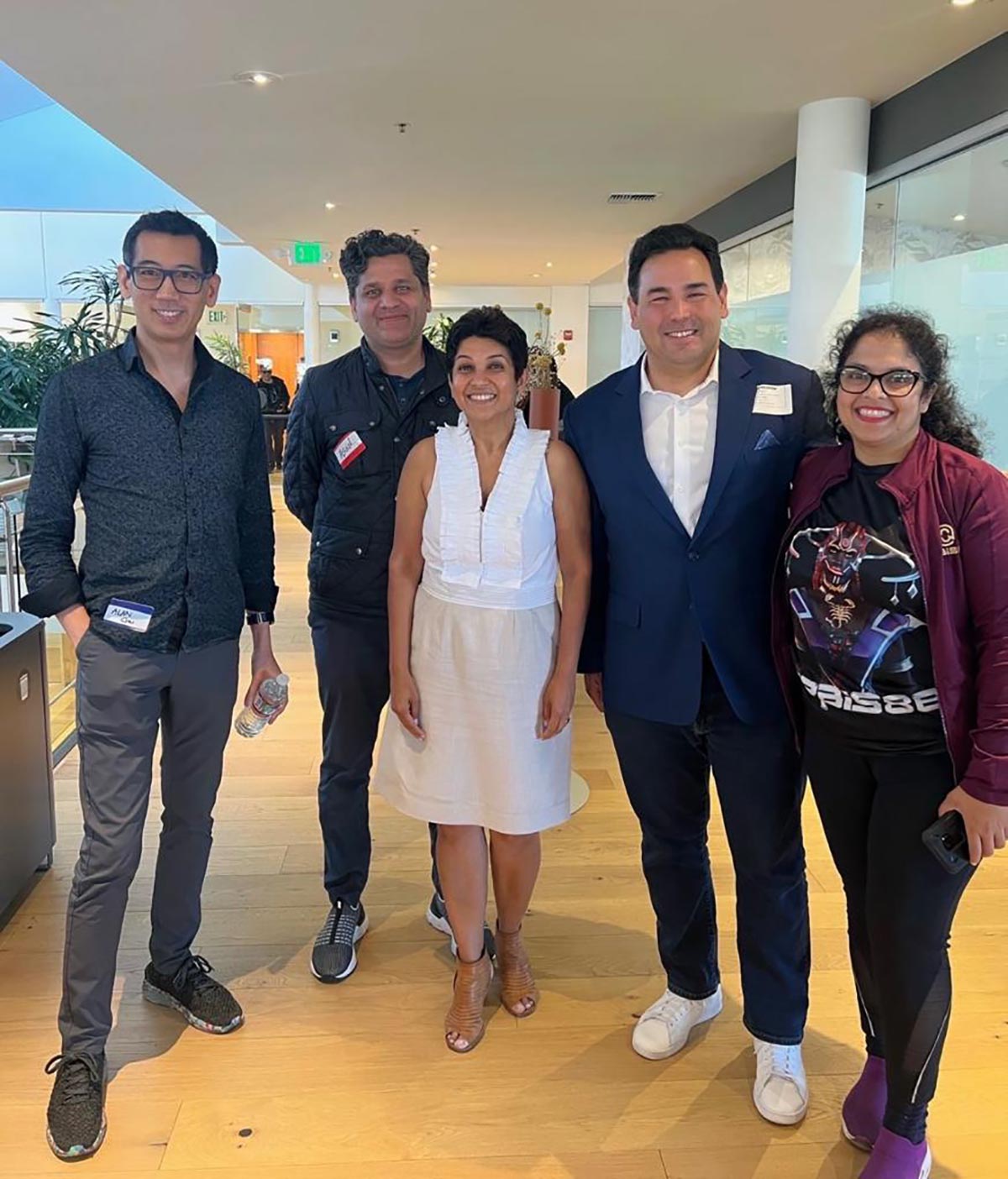
Making Web3 Accessible for All: Kirthiga Reddy, Charles Kanavel, Alan Chiu and Asad Awan Kirthiga Reddy is the CEO and co-founder of Virtualness.io, a mobile-based platform for Web3, helping creators and brands conveniently create, mint and sell their digital collectibles with the use of generative AI. She was the first employee of Facebook India, working as an MD for India and the South Asia region.
Charles Kanavel is the founder and CEO of an IT firm The Kanavel Group, and the founder and CEO of NFCO.io, a blockchain real-estate company. A seasoned entrepreneur from Wall Street, he has invested in several successful enterprises in tech as well as finance.
Alan Chiu is the co-founder and CEO of Enya Labs, an AI-based SDK platform for developing decentralized applications and hybrid computational solutions for blockchain. They also launched the Boba Network, a Hybrid computing-based multi-chain Layer-2 scaling solution. Their focus is enhancing scalability and interoperability of blockchains.
Asad Awan is the co-founder and CEO of Potrero Labs, a Web3 social media company. Before starting his own business, he was a product VP at Facebook for 10 years, at the same time as Reddy.
Value Proposition of Web3 Projects
Awan touches upon Kanavel’s point about selling the value proposition of a project. He agrees that instead of leading with the idea of Web3 jargons, they must have a more clear communication with the stakeholders. He says, “The question is how do the new products add more users to the whole ecosystem…
The biggest thing the creators talk about is, what do I get to own after I have worked hundreds of hours on the platforms? What can ownership look like in an environment where actually most of the value goes to the platforms? (For them) it’s a little bit less to do with how you implement it. For them, it’s like, what do I get out of this? They want clear ownership of their audiences, their follow-graphs, and interoperability between different platforms…
There could be some tokenomics or something. But then I think over-financialization actually is a little bit of a problem if you’re building a social product. There it is like— does it interoperate better with other products that I could use when I go to different platforms? Let’s say I worked really hard on Reddit, I’m a moderator, I earned all of those badges… Does it help when I go to Discord?”
Notably, there were 87 Million active Web3 wallets, by the end of 2022. That’s not even half a percentage of the total population of planet Earth. So the industry must focus on getting a billion users.
Awan explains how there could be more encouragement to onboard users onto Web3— “(For example,) getting your mailing list from Substack, that’s a form of ownership. But what does that really mean, and how do you prove it?
(For that,) you get a lot of credibility if you use the technology already under the hood which actually enables that (i.e., crypto and blockchain). (That would mean, hypothetically,) Substack is now offering creators to buy their stocks. So you take a (real-world) problem and say, is this ten times better or easier solved with this technology?”
Reddy adds, with the example of Facebook’s debut in India when the internet itself wasn’t very common, “In the early days of Facebook, in India, when we used to ask people, are you on the internet? They would say no. Are you on Facebook? They would say yes. Because they don’t care about what’s happening in between. They just care about connecting with their friends…”
So, let’s focus on what problem they are solving and for whom we are solving it. How do we bring the benefits of Web3 without the complexity of Web3?
And then you add to it the technology shift that’s happening with AI. These are massive tectonic shifts. So how do we make all of that accessible to creators, brands, sports media, and the different audiences that we serve is the specific focus area.”
Alan agrees— “It’s really about trusted use-cases that are relevant to people. They care less about the underlying infrastructure.”
Off-chain Interoperability and DApps to Integrate Blockchain with the Real World
Integrating blockchain with the real world involves allowing real-life use-cases. Enya Labs provides SDK for the developers to build into Web3, but their focus is more on DApps that increase interoperability between on-chain and off-chain data. According to Alan, interoperability of DApps is crucial for the progress and longevity of Web3. He believes, “You don’t need to be a crypto native to enjoy the benefits of a permissionless financial ecosystem.
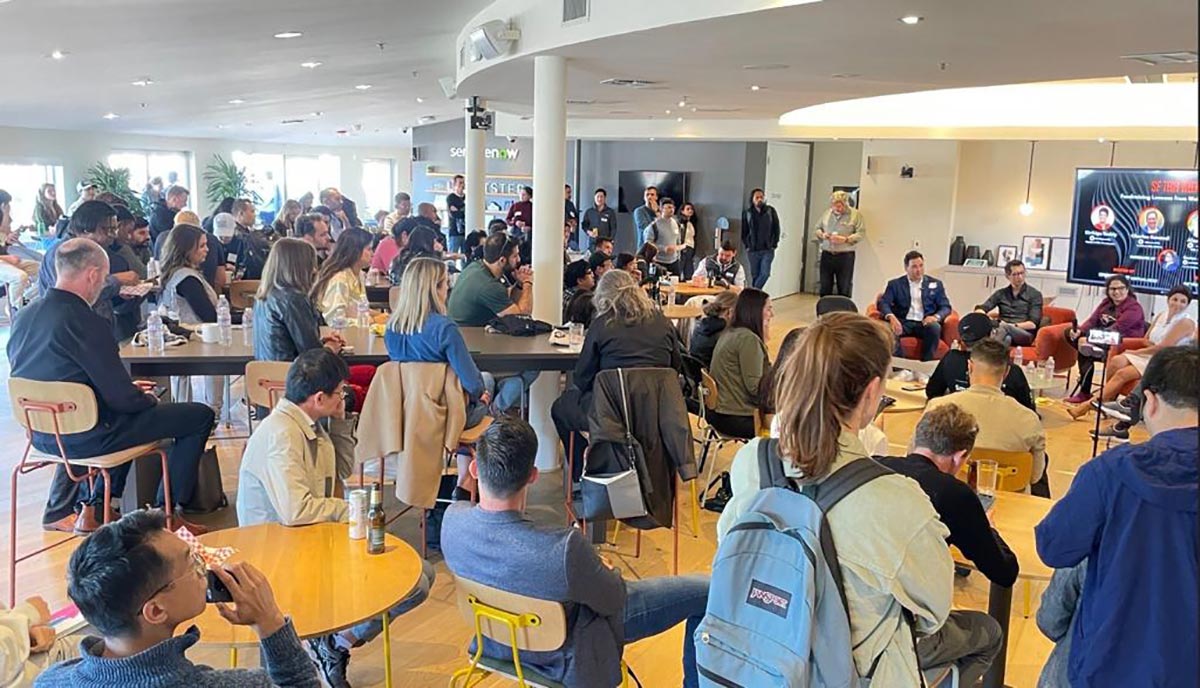
Making Web3 Accessible for All: Kirthiga Reddy, Charles Kanavel, Alan Chiu and Asad Awan He goes into detail about why bridging on-chain infrastructure with off-chain infrastructure is so vital— “Our vision is to build infrastructure to enable developers to meet those needs (of the general public who are not on Web3). The reason interoperability is important is the reality that we all live in this physical world, the non-blockchain world. A lot of the data originates in this part of the world, not on blockchain.
Verification of the authenticity of data also takes place off-chain, not on-chain. So it’s unrealistic to expect the entire world, every single transaction, to be integrated in the blockchain. And therefore, we must find a way to build these bridges so that blockchain applications can tap into the off-chain data sources and leverage off-chain attestation.
But there’s a tradeoff. The inherent cost of achieving consensus is a performance hit to computation power. There’s no way to run the latest AI models on-chain. It’s too expensive and too slow. That’s another reason why we believe in the importance of building these interoperability bridges, such as decentralized applications that tap into off-chain AI models.
With our technology, you can build a lending protocol that aggregates capital on-chain. And then this lending protocol can invoke an off-chain AI-trained underwriting model, as there’s a risk to decide whether a loan should be approved or not. And then based on that decision, the lending protocol could release capital.”
Alan believes not everything has to be built on Web3, and that the applications should be about building Web3 use-cases. Over the next 10 to 20 years, the focus should be hybrid applications, where the consensus and the part that gets audited is based on blockchain. Then there could be bridges, oracles connecting the off-chain data.
He also presents an excellent analogy of the relationship between mobile phone and Cloud. He says, “Mobile— you’ve got computer and storage with you everywhere you go. But if we couldn’t connect to the cloud, then there’s very little it could do for you. But once it’s connected to Cloud, boom, that’s where the magic happens. So it’s not either or, it’s both.”
The third iteration of the internet still needs many innovative approaches to include the Web2 use-cases, and integrate blockchain into everyday life. One of the most effective ways is advancing interoperability and making more use of DApps. The focus of energy should be on the utmost value proposition for a project. Perseverance and flexibility of ideation go a long way if one intends to succeed.
Disclaimer: The article is a transcription of the interview conducted by RJ Soniya Ahuja. No statement or comment in the article is a direct or indirect portrayal of the writer’s views or opinions. The interview does not intend to promote, demote or demean any organization or community. It also does not intend to give the readers any financial or investment advice.
